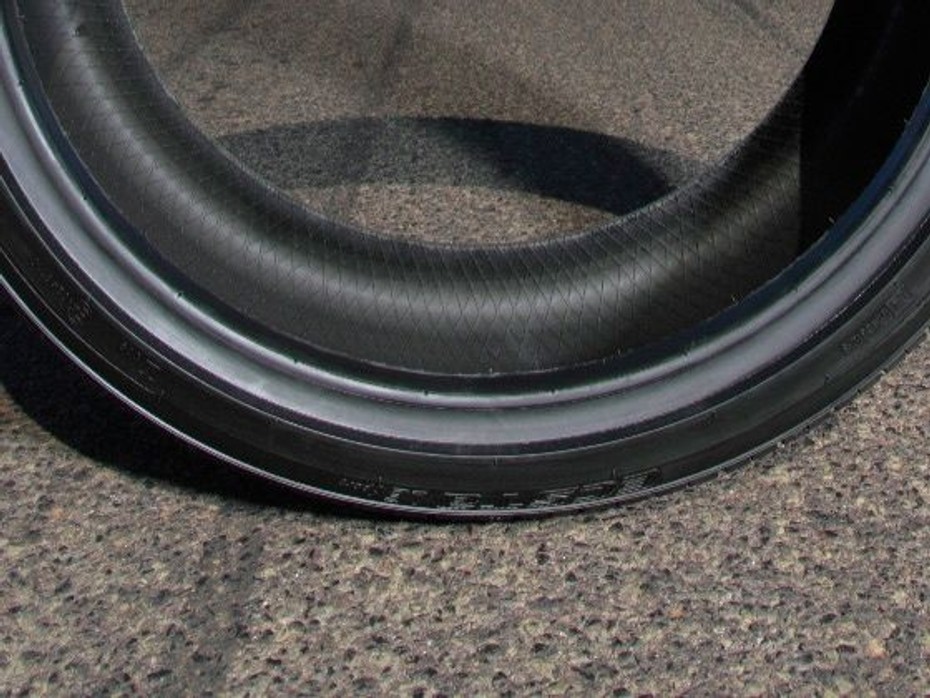Explore all New Cars of 2024
 In Pics: Features That Tata Curvv Will Get Over Maruti Grand Vitara
In Pics: Features That Tata Curvv Will Get Over Maruti Grand Vitara


Tyres and tubes are the only contact a vehicle has with tarmac. While they need to be replaced as and when needed, inspecting their condition regularly is imperative. First up, the tread depth needs to be checked. This can be done using a rupee coin or a tread gauge. Check the tyre thoroughly by inspecting the tread depth after every inch. An irregular tread wear indicates that either your tyres are not aligned with each other or have been running for a long time on low air pressure. This poses a huge threat especially during monsoons as the tyres would be unable to drain water through them for optimum grip. The only option left is to replace the tyre.
While this is an ageing factor which can be judged only by inspecting tread depth, there are other signs that should be checked. Bubbles, cracks or dents in two-wheeler tyres may cause them to burst while riding making it hard to control the vehicle, especially at high speeds. They usually appear on the sidewall of the tyre, usually due to ageing but sometimes due to punctures as well. Cracks form because of age only and and you must replace the tyres immediately as soon as you spot them on the sidewall.
While these cases tell you when to replace a tyre, it is imperative you get them inspected from a dealership or a competent mechanic regularly. Also, fit a manufacturer-recommended tyre as a wider tyre would misalign your front and rear tyres causing your bike to pull to one side. A lean tyre, on the other hand, will not provide you enough traction.
India's largest automotive community